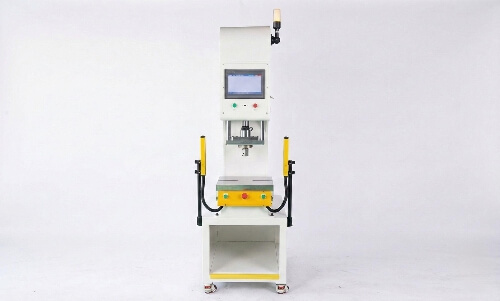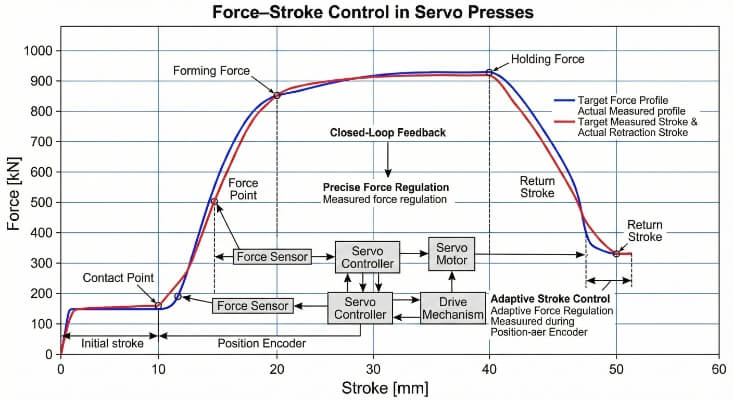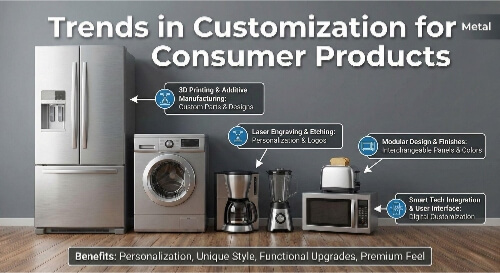You need the correct parameters if you want precision and efficiency in laser cutting. When settings drift, even the best machines can produce flawed parts. Taper, burrs, dross, wide kerf, and heat tint are common signs that parameters are off. The leading causes are usually changes in power, speed, focus, or gas flow.
The good news is that you can fix this. Following a straightforward, step-by-step process can bring your setup back to the ideal range. Minor adjustments in laser cutting parameters can make a big difference. The right balance delivers cleaner cuts, less waste, and higher productivity.
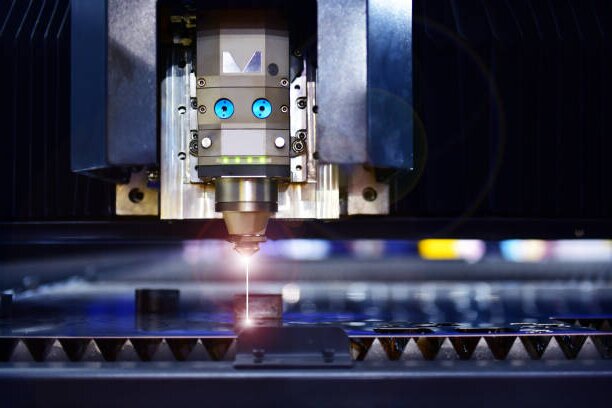
What Laser Cutting Parameters Mean?
Laser cutting parameters are the adjustable settings on a laser machine. These include laser power, cutting speed, focus position, assist gas type, gas pressure, and nozzle distance. Each affects how the laser melts, burns, or vaporizes the material. The correct settings depend on the material type, thickness, and the desired edge quality.
Why Proper Parameter Settings Matter for Quality and Productivity?
Correct parameter settings help achieve clean and accurate cuts while reducing waste. They minimize burrs, heat damage, and the need for rework. Proper settings also allow faster cutting and lower operating costs. In contrast, poor settings lead to defects, slow output, and shorter tool life. A stable and well-tuned setup ensures better efficiency and consistent results.
Core Factors Influencing Laser Cutting
Laser cutting results depend on three key elements. Each one affects the outcome of your cuts. Let’s examine them closely.
Material Type and Thickness
Material and thickness determine how much heat you need to apply. A thick plate requires higher power and a slower speed, while a thin sheet works better with lower power and a faster speed.
Carbon steel absorbs the laser well and cuts quickly with oxygen. Stainless steel performs better with nitrogen if you want bright, burr-free edges. Aluminum reflects more, so you need a tight focus, clean optics, and higher assist gas flow. Copper and brass reflect even more. Fiber lasers are the better choice, but you should always test carefully.
As thickness increases, use more power, a larger nozzle, and higher gas pressure. Slow down to keep a steady kerf and avoid dross. Use a smaller spot, short standoff, and lighter pressure for thin stock to avoid melting back.
Laser Source Type and Power Output
The laser source affects how well the material absorbs the beam energy. Fiber lasers handle most metals well and work fast on thin to medium gauges. CO₂ lasers can cut metals and non-metals, but are less efficient on reflective alloys. Disk lasers perform much like fiber lasers, offering high beam quality.
Power controls speed and maximum thickness. Higher power allows you to cut thicker plates and use wider nozzles. Lower power is better for thin sheets and fine details. For micro features or heat-sensitive parts, lower the power and use a tighter focus. Continuous wave mode with speed adjustments is the most common setup for general cutting.
Cutting Method
The assist gas and its chemical action define the cutting mode. Oxygen cutting adds heat through a reaction, which speeds up carbon steel cutting but leaves an oxide layer on the edge. Nitrogen cutting is a fusion process. It produces clean, bright edges on stainless steel and aluminum with minor post-processing.
Air cutting uses compressed air and is cheaper than other cutting methods for mild steel, stainless steel, and aluminum. The edges may show some tint or small burrs, making it suitable for parts that will be painted or machined later. Choose the cutting method that matches your finish requirements, budget, and production speed.
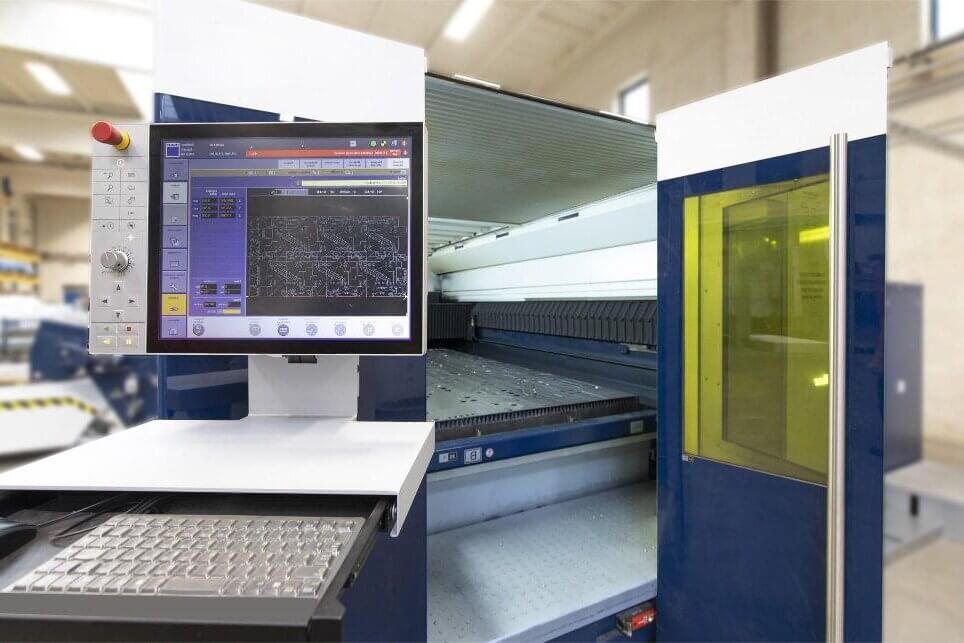
Key Laser Cutting Parameters
Getting precise cuts requires balancing several settings. These parameters work together to determine cut quality and speed.
Laser Power
Laser power is the machine’s energy output, measured in watts. It controls how quickly the laser melts or vaporizes the material. Too little power can leave cuts incomplete and cause dross buildup. Too much power can burn edges, widen the kerf, and overheat the thin sheet.
Match the power to the material and its thickness. For example, 1 mm stainless steel can be cut cleanly at around 800–1000 W with nitrogen. In contrast, 6 mm carbon steel may need about 3000 W with oxygen. Start with proven baseline settings, then fine-tune for edge quality and speed.
Cutting Speed
Cutting speed is how fast the laser head travels along the programmed path. If the speed is too high, the beam may not cut through. If it’s too slow, edges can overheat and lose their clean finish.
Thicker materials need slower speeds for complete penetration, while a thin sheet can run faster to limit heat buildup. Speed and power must work together—adjusting one often means changing the other. Watch the molten pool and the dross line to determine the right speed.
Focus Position
The focus position is where the beam’s most minor point hits the workpiece. The proper focus keeps the kerf narrow and the edge smooth.
Set the focus at or slightly above the surface for a thin sheet to improve precision and speed. Set it slightly below the top surface for a thick plate so the beam can reach deeper. A wrong focus can cause taper, burrs, or incomplete cuts. Always check the focus after switching lenses, materials, or nozzles.
Assist Gas Type and Pressure
Assist gas helps clear molten metal from the kerf and shields the cutting area. It also changes how the laser interacts with the material.
Oxygen reacts with carbon steel, adding extra heat. This boosts cutting speed but leaves an oxide layer on the edge. Nitrogen is an inert shield, producing bright, oxide-free edges on stainless steel and aluminum. Air is the most cost-effective option for general cutting, but it can leave slight oxidation or small burrs.
Gas pressure must be high enough to blow molten metal out but not so high that it cools the cut or widens the kerf. A thick plate usually needs higher pressure and larger nozzles. A thin sheet works better with lower pressure to keep edges smooth.
Pulse Frequency (for Pulsed Lasers)
Pulse frequency is how often the laser fires per second in pulsed mode. Lower frequencies deliver higher energy per pulse, which helps cut thick or reflective metals. Higher frequencies produce smoother edges on thin materials.
Frequency should be adjusted together with pulse duration. The right balance keeps the cut continuous while preventing overheating. Too high a frequency can burn the edges. Too low can leave visible striations or incomplete cuts.
Spot Size
Spot size is the diameter of the laser beam where it hits the workpiece. A smaller spot gives higher energy density, ideal for fine features and thin materials. A larger spot spreads energy over a wider area, which is helpful for thicker cuts or faster piercing.
Spot size is controlled by lens choice and focal length. Shorter focal lengths create smaller spots for precision work, while longer focal lengths keep the focus depth larger, which helps when cutting a thicker plate.
Beam Mode and Quality (M² Value)
Beam mode and quality describe how tightly the beam can focus. A lower M² value, close to 1, means the beam focuses sharply for narrow, clean cuts. A higher M² value produces a wider focus spot, which can lower edge quality and cutting speed.
Fiber lasers generally have better beam quality than CO₂ lasers, allowing faster cutting and finer details. Checking beam quality should be part of troubleshooting if cut performance changes suddenly.
Advanced Parameter Optimization
Fine-tuning beyond the basic settings can improve cut quality and make production more consistent. These adjustments focus on edge finish, part accuracy, and stable long-term performance.
Kerf Width and Its Implications
Kerf width is the gap left in the material after cutting. A narrow kerf allows tighter part nesting, which saves material. A wide kerf can affect part fit and lead to more scrap.
Kerf size changes with power, speed, focus, and gas pressure. Higher power or slower speed can make the kerf wider. A smaller spot size and proper focus help keep it narrow. Always check kerf when changing materials or thicknesses so your programs stay accurate.
Nozzle Selection and Standoff Distance
Nozzle size controls gas flow and pressure at the cut. Larger nozzles work well for thicker materials but can widen the kerf. Smaller nozzles give better precision on a thin sheet.
Standoff distance is the space between the nozzle tip and the workpiece. If too large, the gas flow loses efficiency and may cause dross. If it’s too small, the nozzle can be damaged, or the gas flow may become unstable. A gap of about 0.8–1.2 mm works for most jobs.
Heat-Affected Zone (HAZ) Minimization
The heat-affected zone is where the material’s structure changes due to heat. A small HAZ maintains the material’s strength and reduces the need for extra finishing.
To reduce HAZ, use the lowest power that still cuts through, set speed to prevent overheating, and use high-purity assist gas. Keeping the focus sharp and the optics clean ensures the energy is applied only where needed.
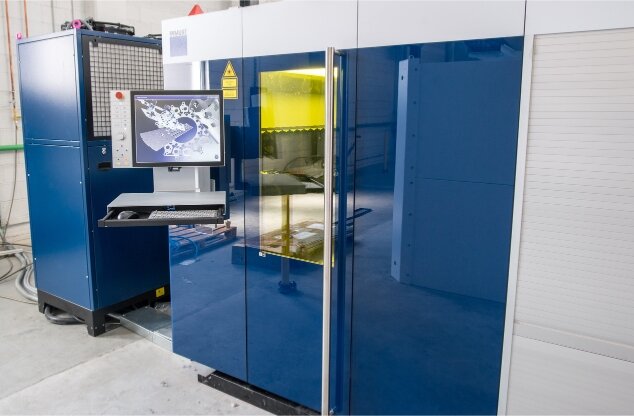
Why Laser Wavelength Matters in Cutting?
Laser wavelength controls how well a material absorbs the beam’s energy. Metals that reflect strongly at a specific wavelength are harder to cut.
CO₂ lasers emit at about 10.6 μm. This wavelength works well for non-metals and mild steel but is less effective on reflective metals such as aluminum or copper.
Fiber lasers emit at around 1.06 μm. Most metals, including stainless steel, aluminum, and brass, absorb this shorter wavelength more efficiently. Better absorption allows faster cutting, lower power use, and cleaner edges.
Choosing the correct wavelength for your material helps maintain consistent quality and reduces wasted energy.
Cooling Solutions for Efficient Laser Cutting
Stable cooling maintains consistent beam quality, optics, and power. Good cooling also protects the laser source, reduces downtime, and prevents edge defects.
Chiller Type: Air-Cooled vs Water-Cooled
Choose a chiller that matches your laser power. Air-cooled units are easy to install and fit smaller spaces. Water-cooled units remove heat more effectively for high-power systems. Follow the manufacturer’s cooling capacity recommendations, with some safety margin.
Setpoint Temperature and Stability
Keep coolant temperature around 22–24 °C unless your laser requires otherwise. Maintain stability within ±0.5 °C. Tight control helps keep wavelength, focus, and cutting speed steady.
Coolant Quality and Filtration
Use deionized water with the recommended corrosion inhibitor. Keep water conductivity within the manufacturer’s limits. Replace filters on schedule to prevent algae, scale, and metal particles. Flush and refill the system at planned intervals.
Conclusion
Laser cutting parameters control cut quality, speed, and cost. Power, speed, focus, gas type, pressure, and spot size define results. The correct settings match material type, thickness, and finish requirements. Fine-tuning parameters improves edge quality, reduces waste, and makes production more consistent.
If you need expert advice or precision cutting services with optimized parameters for your project, contact us today to discuss your requirements and get a tailored solution.
Hey, I'm Kevin Lee

For the past 10 years, I’ve been immersed in various forms of sheet metal fabrication, sharing cool insights here from my experiences across diverse workshops.
Get in touch

Kevin Lee
I have over ten years of professional experience in sheet metal fabrication, specializing in laser cutting, bending, welding, and surface treatment techniques. As the Technical Director at Shengen, I am committed to solving complex manufacturing challenges and driving innovation and quality in each project.

